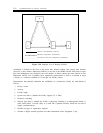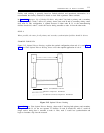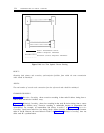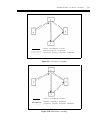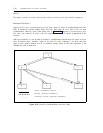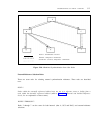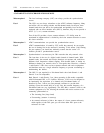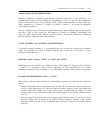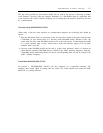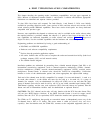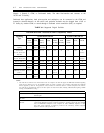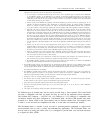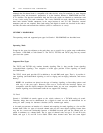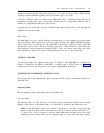
5-30
SYNCHRONIZATION OF DIGITAL FACILITIES
Line+Trunk Mode DS1/DMI-BOS (ANN35 or TN767 with TN555)
Regarding the use of a line+trunk mode DS1/DMI-BOS for synchronization, the following point
should be noted. Since it would be expected that a line+trunk mode DS1 would terminate at a
class-5 or higher CO or at another switch, the line+trunk interface should be suitable for use as a
primary or secondary clock reference (or to be the timing master for another switch).
The slip count provided by the interface should also be used in the process of choosing a healthy
clock reference. However, when the interface terminates on a D4-channel bank (or equivalent) that
is not locked to the AT&T reference frequency for its timing, then the interface should not be used
for synchronization.
DMI-MOS (ANN35 or TN767 with TN755)
System 85 DS1/DMI-MOS (ANN35) will only terminate at a compatible computer. The computer
must always obtain its timing from the switch. The switch should never select the DMI-MOS link as
a timing reference.
Although those circuit packs that support connections to remote modules operate at the DS1’s rate,
they are not the same as the DS1/DMI/ISDN-PRI. Remote module connections cannot be used as a
clock synchronization reference.
USE OF GENERIC 1 AS A SYSTEM CLOCK REFERENCE
To provide increased reliability, it is recommended that (for all cases) the primary and secondary
system clock references be placed in different modules. Tips on how best to use DS1s as a clock
reference are provided next.
Trunk-Mode ISDN-PRI (TN767)
ISDN-PRI trunks may terminate on a 4ESS toll office, 5ESS digital CO, System 85 R2V4, Generic
1, Generic 2, or compatible vendor’s switch. Depending on other considerations, any of these
terminating connections may be selected as a synchronization reference, either primary or secondary.
Trunk-Mode Interface (ISDN-PRI + Robbed Bit) (TN767)
Since it is expected that a trunk mode DS1 would terminate at a class-5 or higher CO or at another
switch, the trunk interface should be suitable for use as a primary or secondary clock reference (or to
be the timing master for another switch).



